Plumbing Motorbike Carburettors For Deep Water Crossings
If you have ever pointed your motorbike at a section of deep water only to find your engine coughs and splutters or even dies, it’s highly likely your carburettor breathers are not plumbed to handle this. The carburettors on some motorbikes are setup from factory to tackle deep water crossings however most are not, so if your bike falls into the latter category a bit of replumbing will most likely be required.
Why is Carburettor Replumbing Required?
Without going into technical specifics a basic overview of how a motorbike carburettor works will make this clear... Your throttle does not directly control the flow of fuel, instead it actuates a mechanism in the carburettor that metres the flow of air being drawn into the engine. Fuel that is held in the carburettor reservoir (fuel bowl) is then drawn into this flow of air through the jets to create the ideal ratio of fuel and air for combustion. This works on the basis that air flowing past the venturi in the carburettor has a lower static pressure (the faster air moves the lower its static pressure) while the fuel supply remains at atmospheric pressure (14.7 psi at sea level) allowing the process of the fuel to be successfully drawn into the flow of air and mix. The job of the carburettor breathers is to allow air movement and pressure compensation within the carburettor reservoir area to maintain the level of atmospheric pressure so the carburettor can function correctly. So, when you ride your bike into a deep section of water, the ends of the carburettor breathers will be immersed in water blocking the flow of air required to maintain atmospheric pressure within the carburettor. The result is your bike will often cough and splutter, or die altogether.
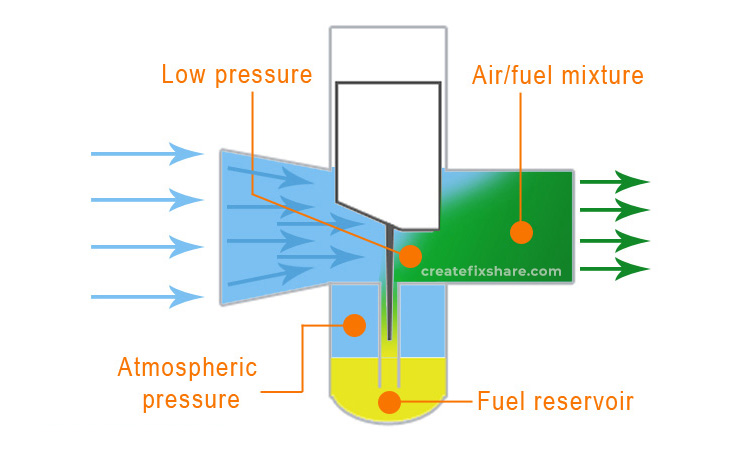
Can I Reroute Carburettor Breathers Under The Seat?
To firstly address why the breathers are as long as they are, this is a safety precaution. If you have a not so glamorous moment and your bike goes down the carburettor can become flooded and excess fuel can pour out of the breathers. The long length of the breather hoses are to ensure this draining fuel is kept away from the hot exhaust, electrics etc. So, with that in mind if you just run the breather hoses upwards (under the seat for example), the next time your bike goes over and fuel runs into the breather lines, you will have created a U bend in the breather line for the fuel to puddle in and no way for it to escape inadvertently blocking the flow of air required to balance the atmospheric pressure for correct carburettor operation.
Can I Reroute Carburettor Breathers Into The Airbox?
In most cases this is not a good idea. The aim is to achieve atmospheric pressure for the carburettor breathers and this is most often not achieved in the airbox as this subject to continual pressure changes from either/both the crankcase breather and carburettor air induction. There have been many reports (notably the DR650) that when the carburettor breathers are plumbed into the airbox it causes very irregular acceleration and pulsing at idle.
Can I Run No Breathers At All?
Although you will increase the height in which you can cross water, foreign debris can easily make their way into the carburettor, plus if you do take your bike into water deeper than the carburettor breather stalk you will most likely draw water into your carburettor. Not to mention every time the bike goes over you will have fuel spilling everywhere.
Plumbing T Joiners Into Your Carburettor Breather Hoses
So what's the best way then? Well, we need to keep the functionality of safely draining fuel away plus add the functionality of maintaining an open air way at all times. The best way to do this is by plumbing in a T joiner into your breathers. Below are photograph examples of a Mikuni TM28 carburettor.
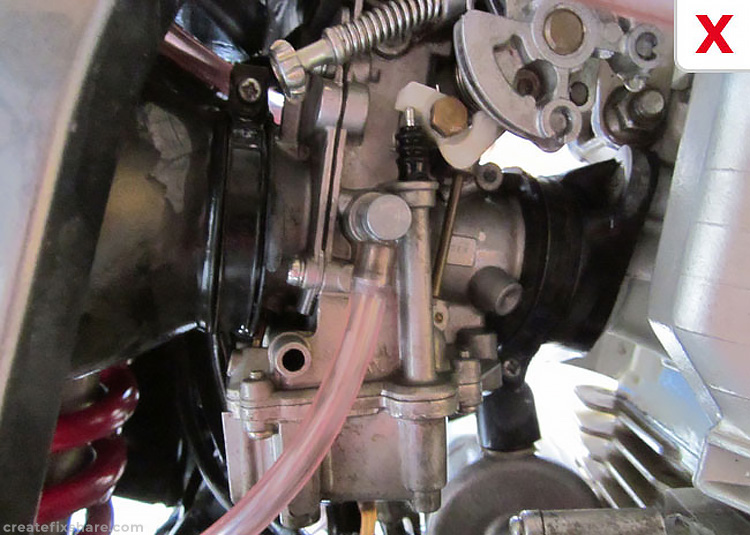
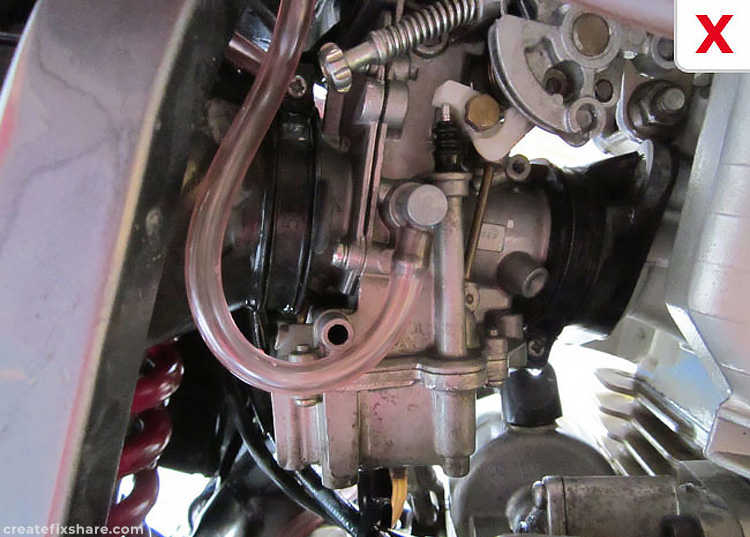
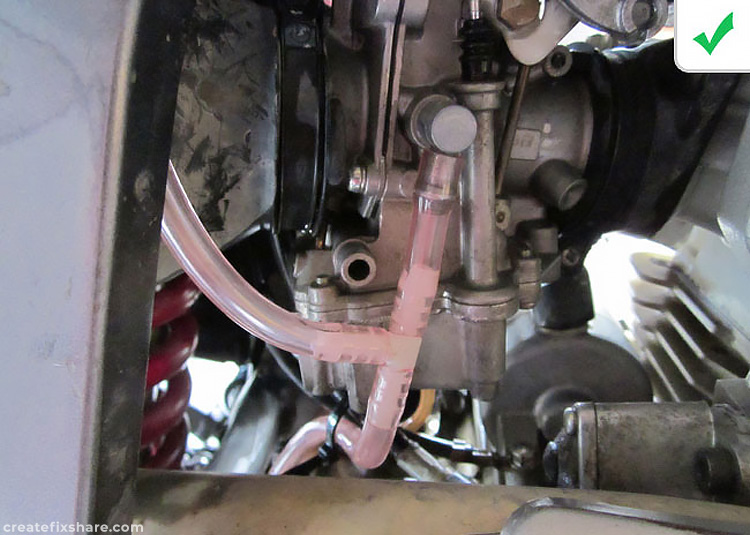
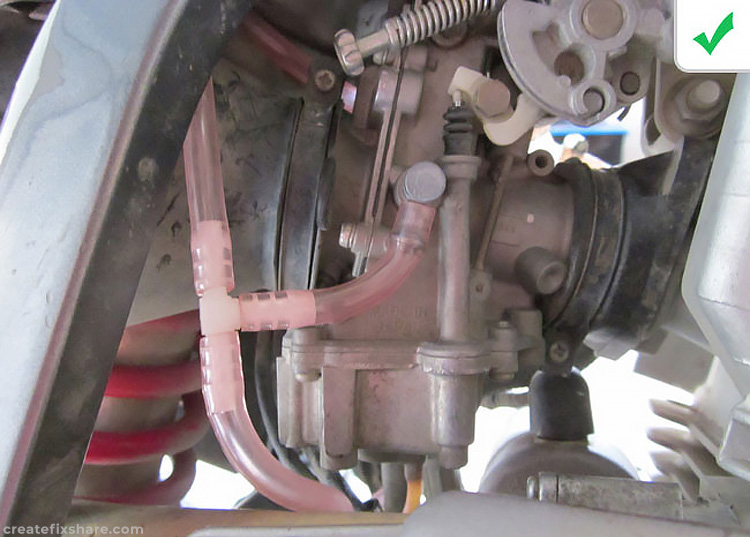
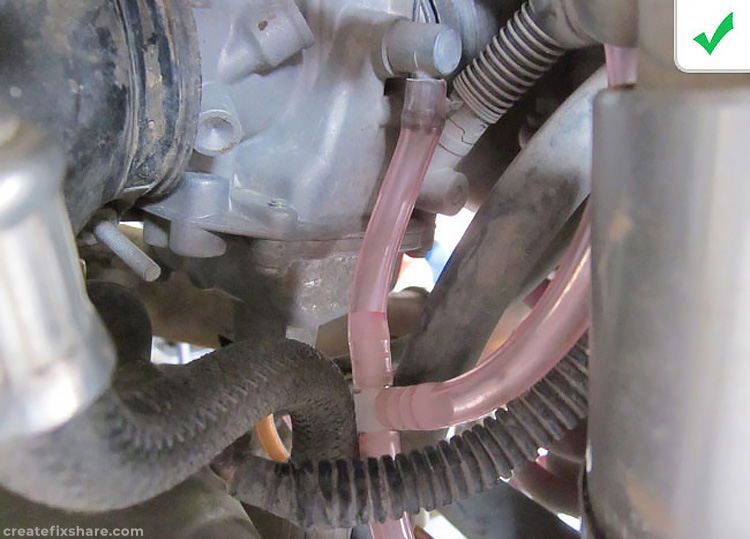
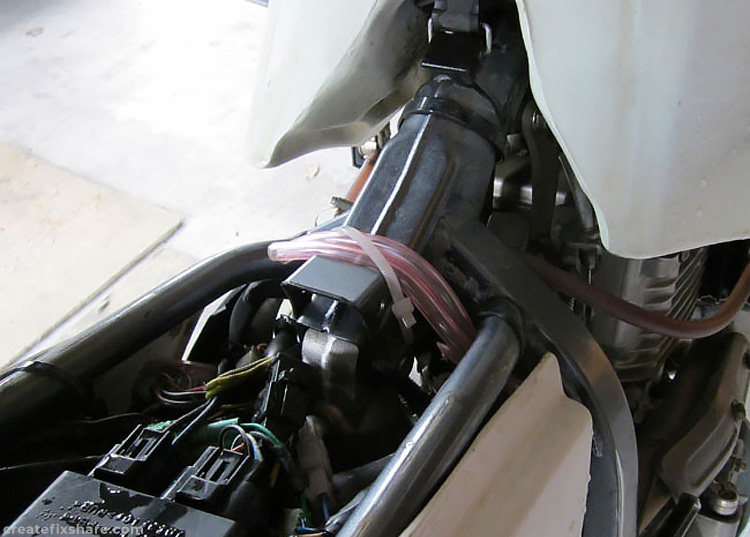
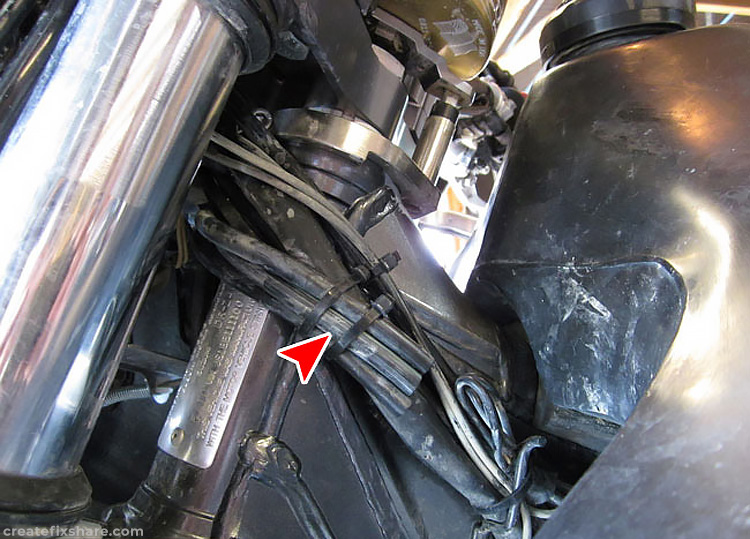
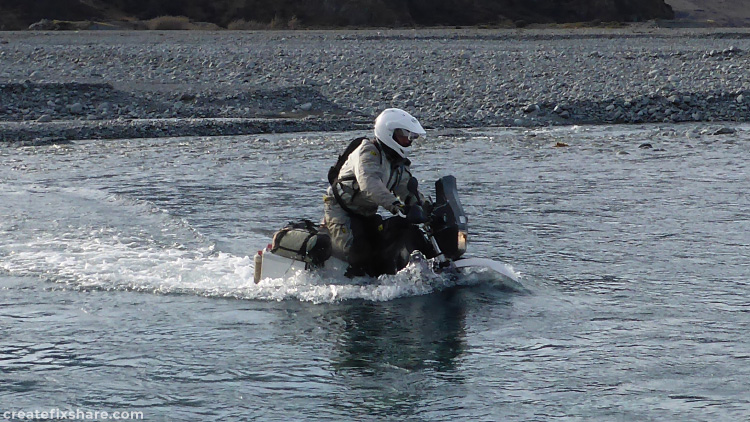
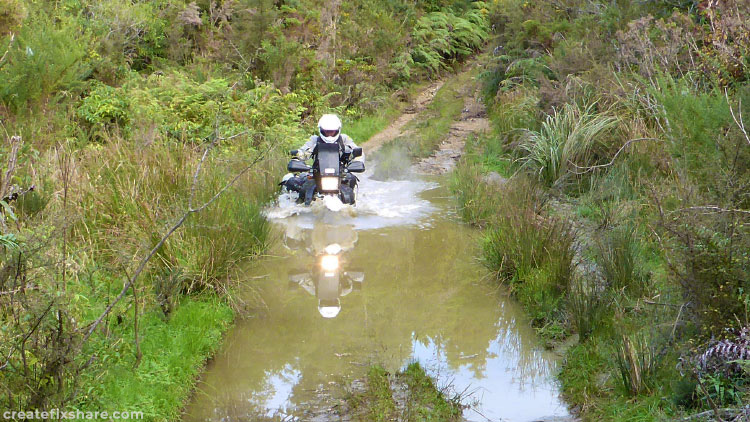
This article is part of a series providing information on setting up adventure bikes for crossing water sections. Click here to go back to the main menu for motorbike water crossing setup.